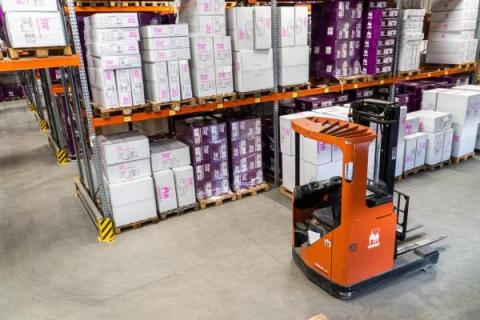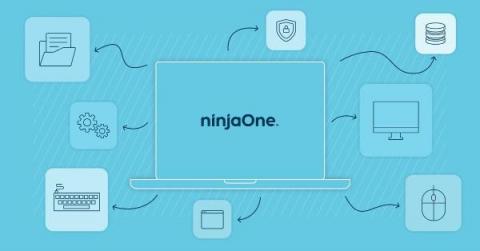Why is IT asset management so important?
Whether you are a small or a big company, IT asset management is essential in order to keep track of your IT assets. It is considered as a baseline requirement for every business in order to prevent IT problems that may lead to serious security issues. So what is exactly IT asset management? Why is it important? And how can you do it?










